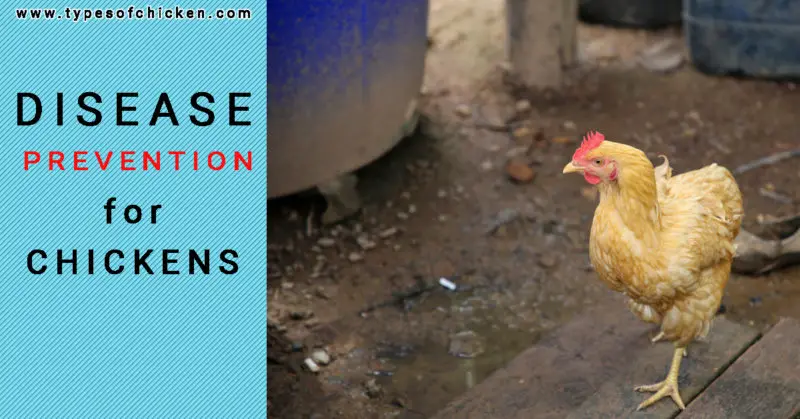Chickens can pick up diseases from living microorganisms such as bacteria, virus, mycoplasma or parasites that can cause infections. As with most infections, these diseases are contagious and can be spread from one chicken to the whole flock. Prevention of infections and spreading of it is vital for you to have a healthy and successful chicken brood. To deter the influx of diseases into your flock, observe the following:
1. Prevention by Sanitation
Sanitation aims to reduce the number of disease organisms that the chickens can get into contact with.
The aim is to bring down the level of organisms to the point that they will no longer cause disease.
This can be achieved by cleaning and disinfecting. Adequate ventilation can also help reduce the number of organisms in the air. Sanitation should be introduced to all levels of the chickens’ environment.
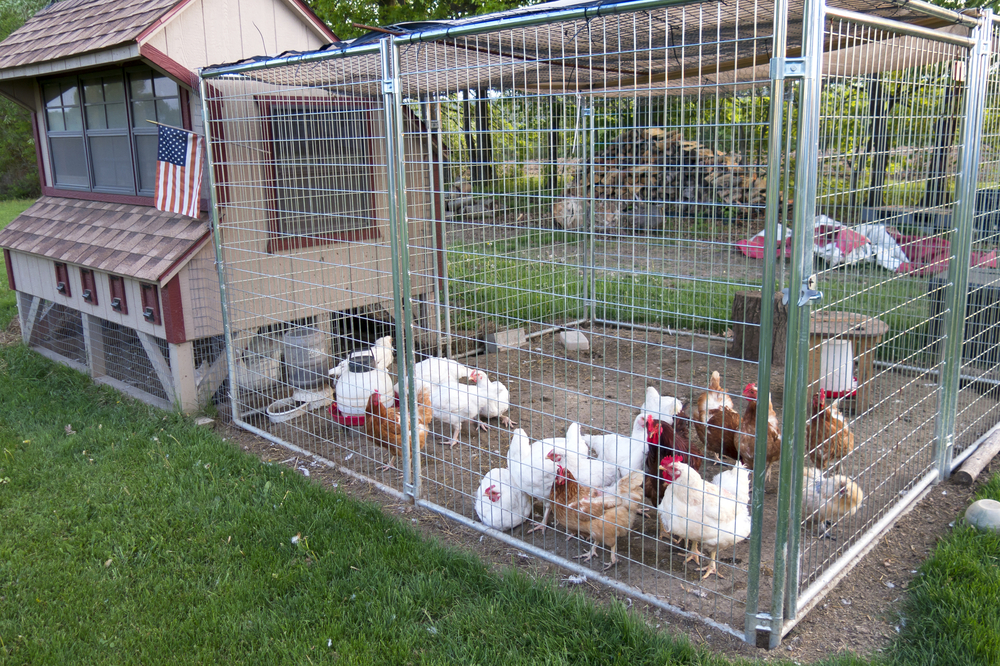
- Building and equipment – Cages are intended to keep the chickens out of contact with their droppings; and spilled feed and water that may be the source of bacteria and are a medium for bacterial growth. Clean the building and equipment by watering it down and removing the litter; use a detergent and then rinse the area and cages very well. Follow it up with a good disinfectant. Litter should be piled at least 100 meters away from the poultry building.
- Feed – Clean out feed in the troughs and bins both inside and outside the building. Outside storage bins must be checked to see that molds and spoiled food is not present. Feeders must be constructed in such a way that the feed will not spill out into the drop litter.
- Water – Open troughs are common sources of contamination. Nasal and oral secretions and droppings must be cleaned out regularly. Large numbers of bacteria can build up in ponds, wells, water lines, drinking cups or troughs. A periodic water-sanitizing program is recommended.
- Air – Clean, germ-free air is an important component of a healthy environment. A good ventilation system will help dilute and carry away dust and microorganisms.
- Caregivers – Workers can carry infection to the chickens by way of their hands, clothes, boots, and equipment. They should, at all times, see to it that they are clean whenever they enter the coop, when they handle feed, when they touch the waterer, and when they have to handle the chickens.
2. Prevention by Isolation
This method of disease control is intended to stop the microorganisms that cause disease from contact with other chickens.
When the cause of the disease is eliminated from an area, the disease may be eradicated. The success of isolation depends on:
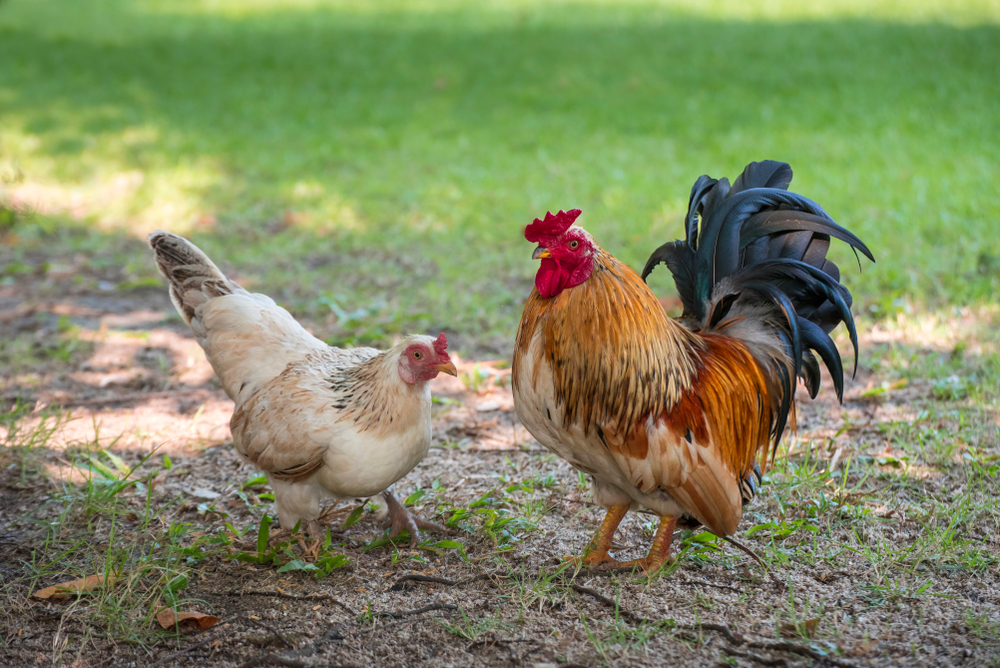
- Where the microorganisms that cause disease live – Some organisms like staphylococcosis, coccidiosis, and E. coli are widespread in the environment and it may be very difficult to prevent chickens from coming into contact with them. Isolation will not work with some kinds of organisms. Some organisms are found primarily on chickens and live outside the chicken’s body for only a short time, like mycoplasma. Others may live for days, weeks, or months in the environment, depending on the conditions like moisture and temperature.
The manner by which the disease-causing organisms are spread. Most diseases are spread by direct contact, meaning bird to bird.
Disease-causing organisms are usually spread by mechanical transfer through carriers such as people, eggs, egg cases, feed, water, and the likes.
Diseases that can be controlled by isolation are those where the causative agent survives outside the body for only a short period of time. Isolation is the cheapest way of controlling the spread of contagious diseases.
Good isolation is equivalent to quarantine.
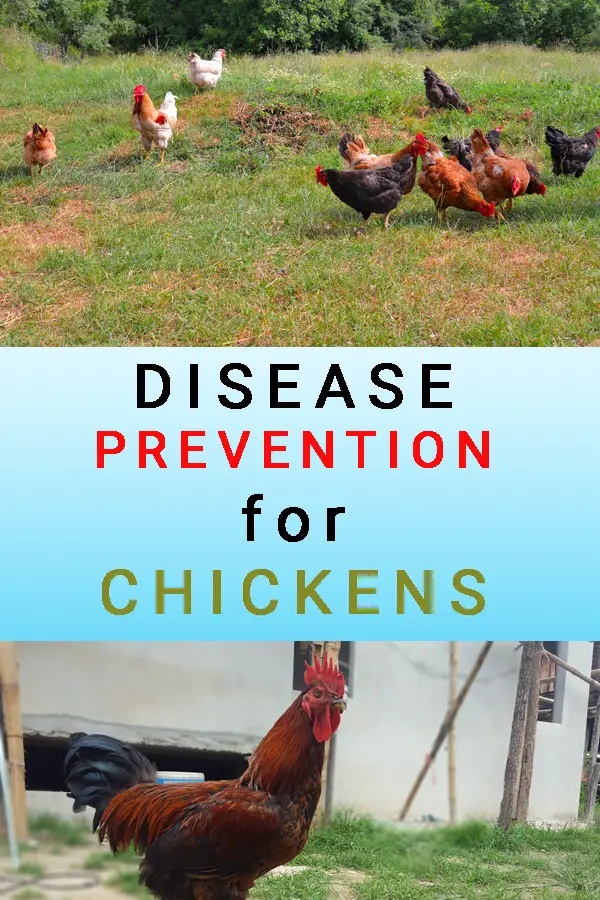
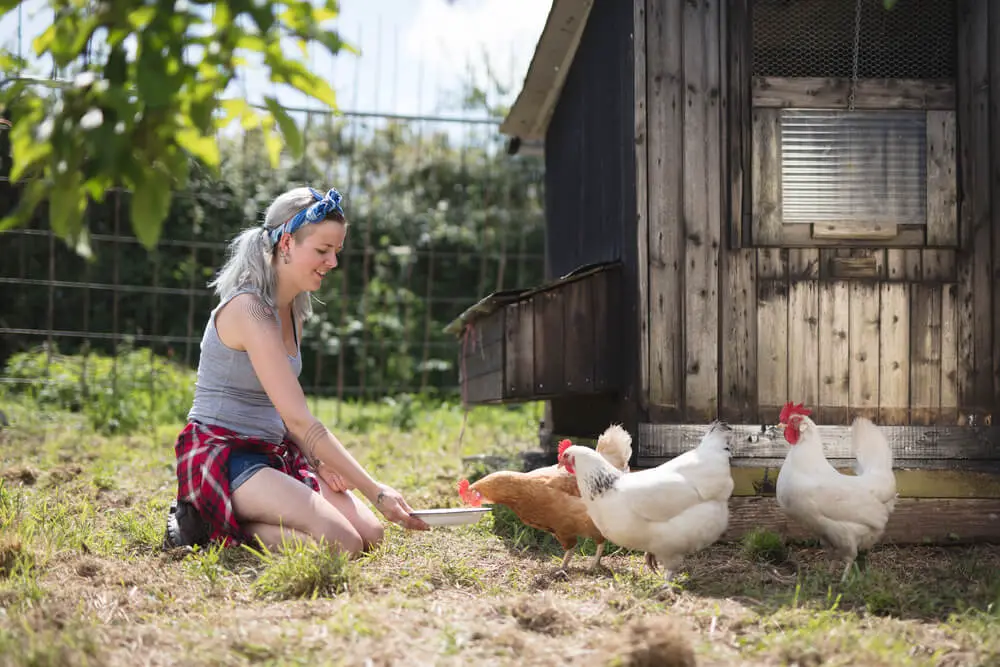
Shannon Stansberry has been engaged in the business of raising chickens for more than 12 years. In 2016, she accomplished the Agriculture & Natural Resources program at Mt. San Antonio College. At present, she tends to more than 80 chickens on her 4-hectare farm. Shannon regularly shares her insights and experience on how to raise healthy and contented chickens on the platform Typesofchickens.com
